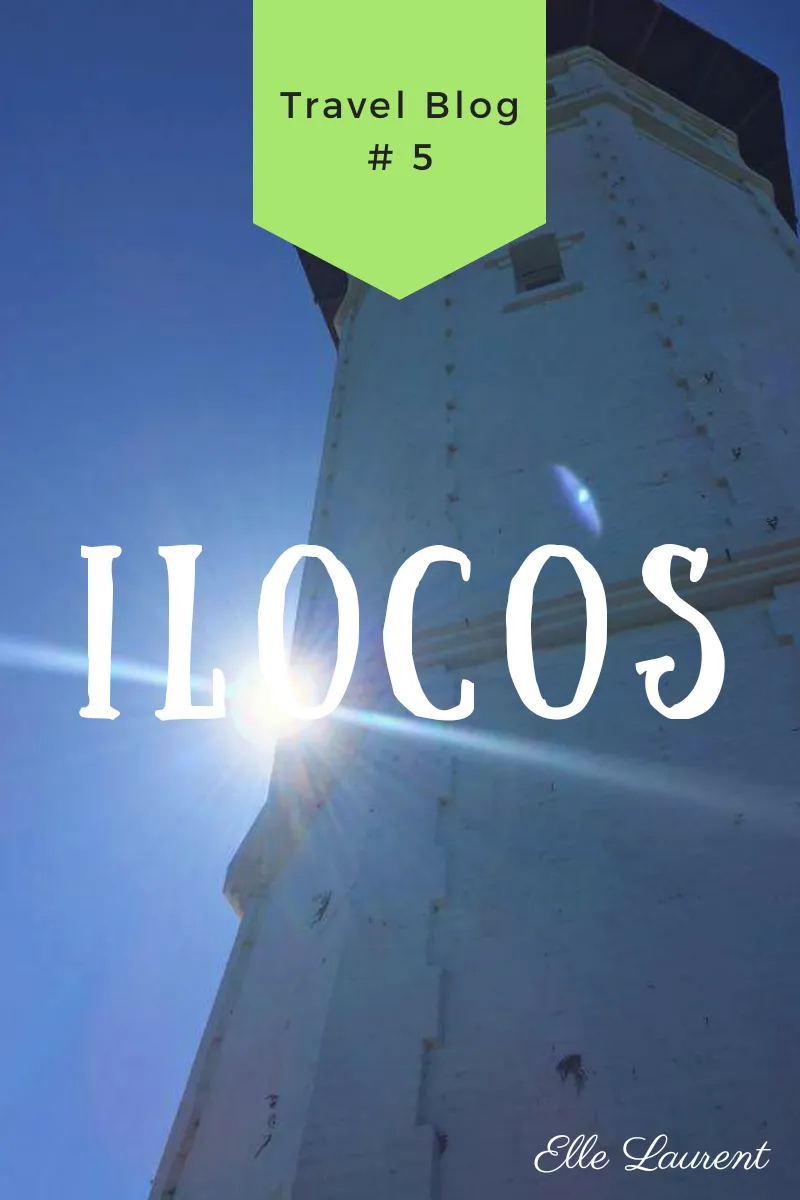
I already talked about some tourist spots of Ilocos region in my previous posts - from Ilocos Sur's historic city of Vigan to Ilocos Norte's sand dunes, windfarms and beaches. This time, I would like to end my Ilocos travel blog series by featuring other sites worth visiting in Ilocandia.
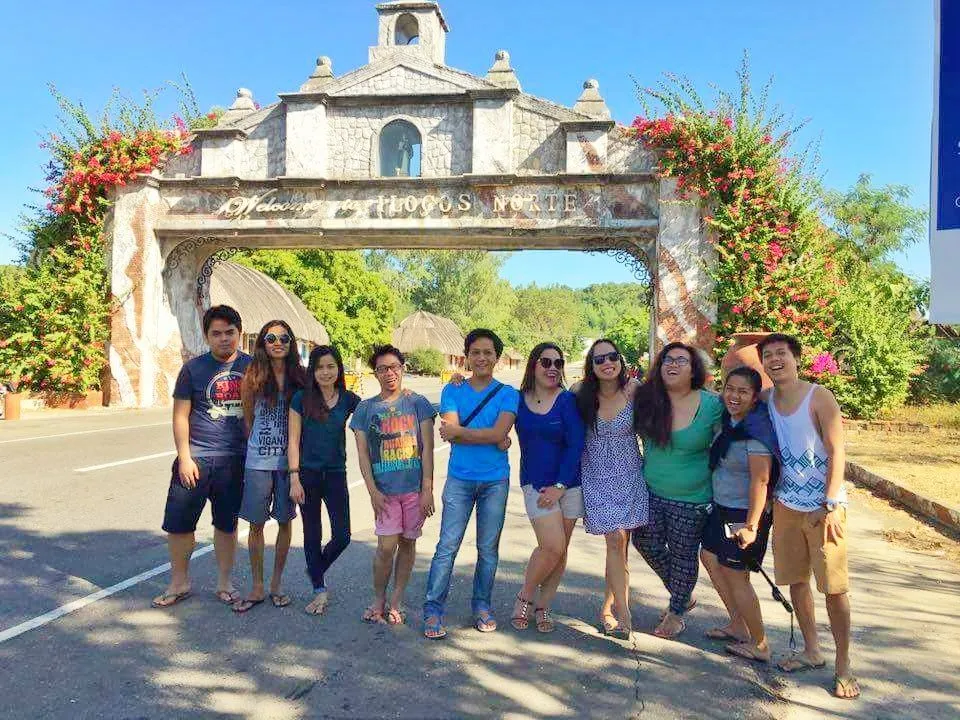
Starting off with the capital city of Ilocos Norte, Laoag! [//]:# (!steemitworldmap 18.195203 lat 120.592578 long Laog City d3scr)
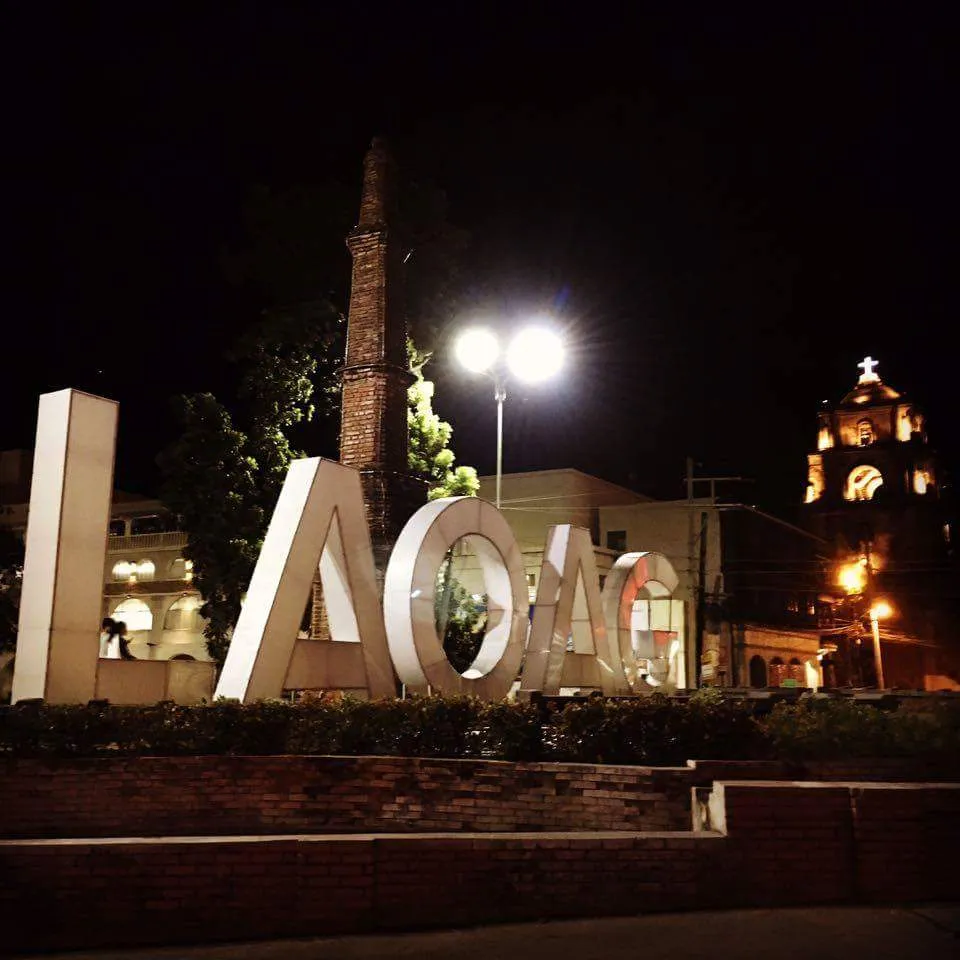
Travelers are welcomed with a grand entrance by this big City name sign. Behind that, is a towering monument that symbolizes the lifting of tobacco monopoly in the Philippines which ended the plight of Ilocanos who were forced to plant tobacco. On the right, is the the iconic sinking bell tower that still serves its purpose to this day, however continuously sinking due to sandy foundation.
Another historic bell tower:
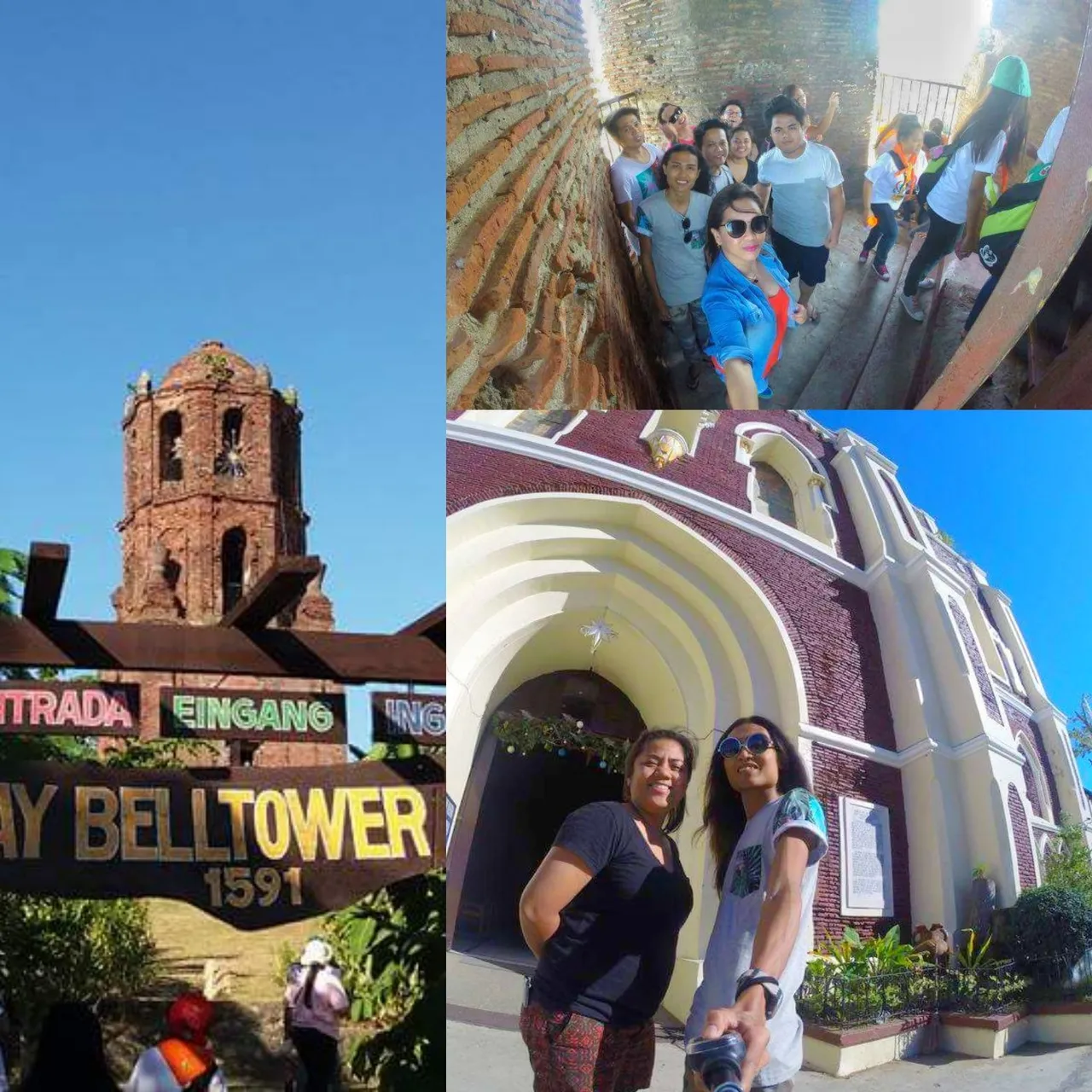
The belfry of Bantay Church in Ilocos Sur was built on a hilltop to also serve as a watchtower during Spanish regime.
This one was built to guide seafarers:
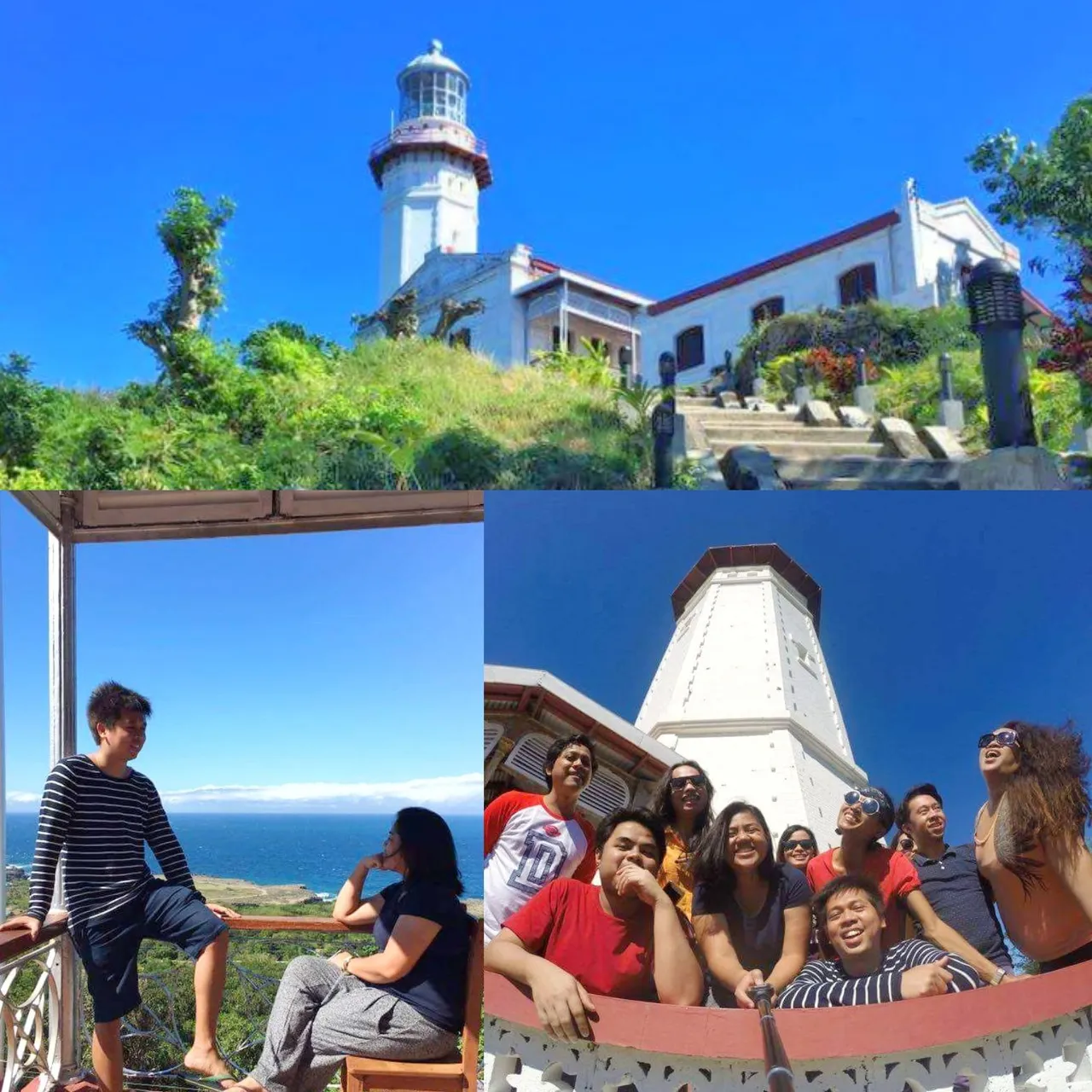
The Cape Bojeador Lighthouse in Burgos was set high on a hill, offering a great view of South China Sea. This century old beacon of light still ushers ships sailing northwest of the Philippines up to this day.
For more awesome views of South China Sea..
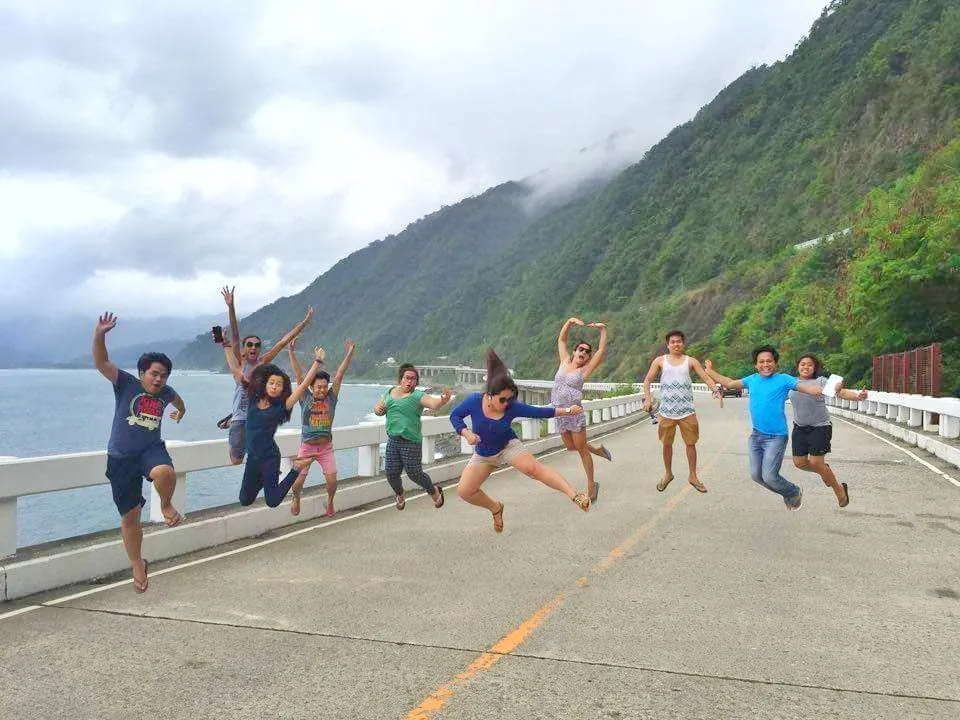
The Patapat viaduct is a concrete bridge winding its way through Pagudpud's coastal mountains, connecting the regions of Ilocos and Cagayan Valley.
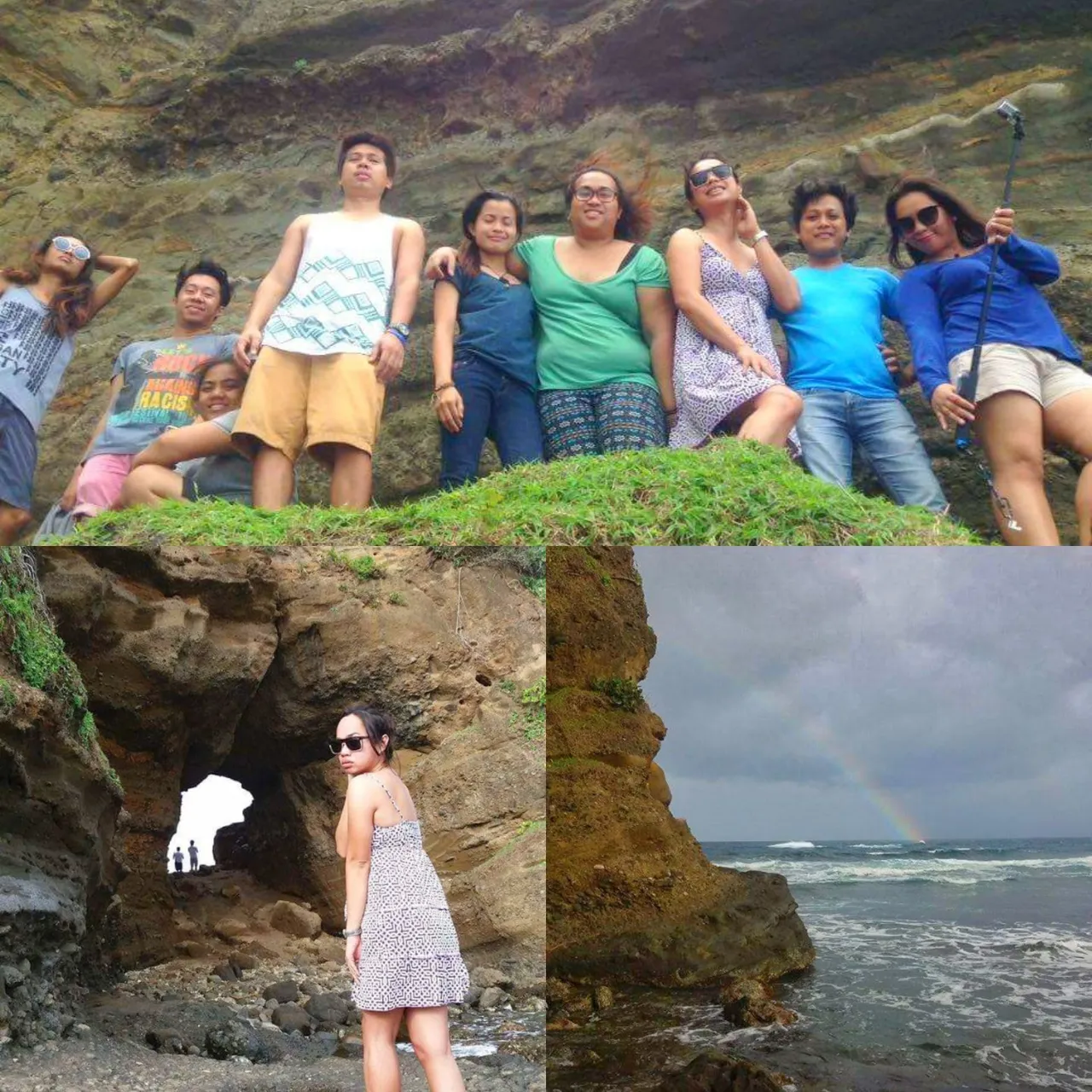
On the way to the white beaches of Pagudpud is an eye-catching wall of rock with a hole called Bantay-Abot cave. Though it's not technically a cave, tourists can enter and climb the wall for some chilly South China Sea breeze.
And for more rocks:

The Kapurpurawan Rock Formations in Burgos are creamy white walls of sedimentary rock sculpted over the course of time by forces of nature.
Here's more to Paoay than sand dunes:
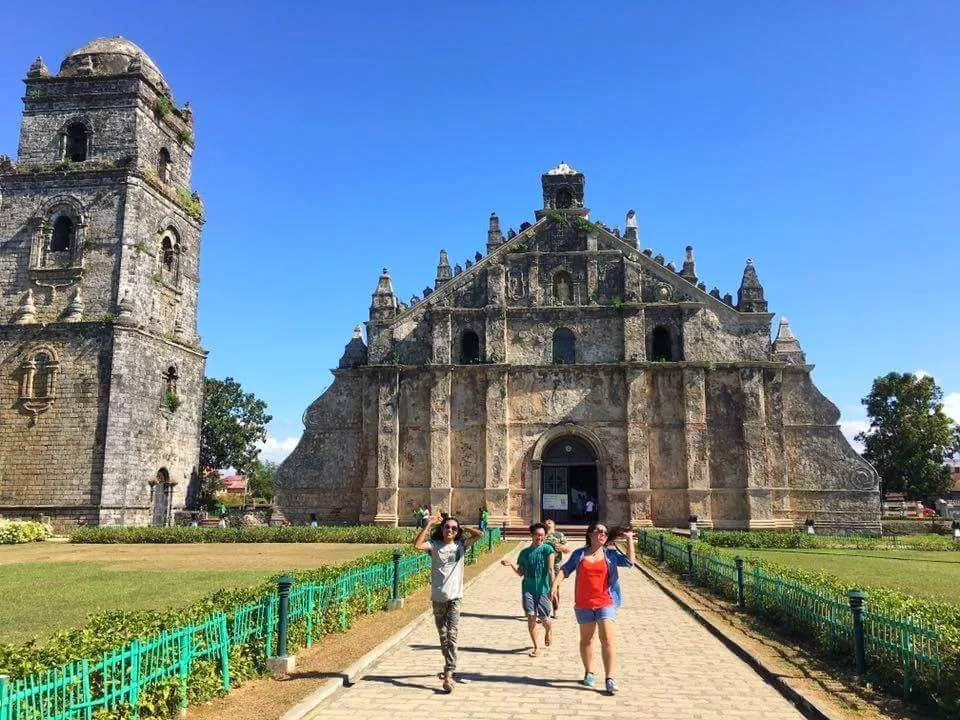
The Paoay chuch is one of the four Spanish-era Baroque churches in the Philippines listed as a Unesco Heritage Site.
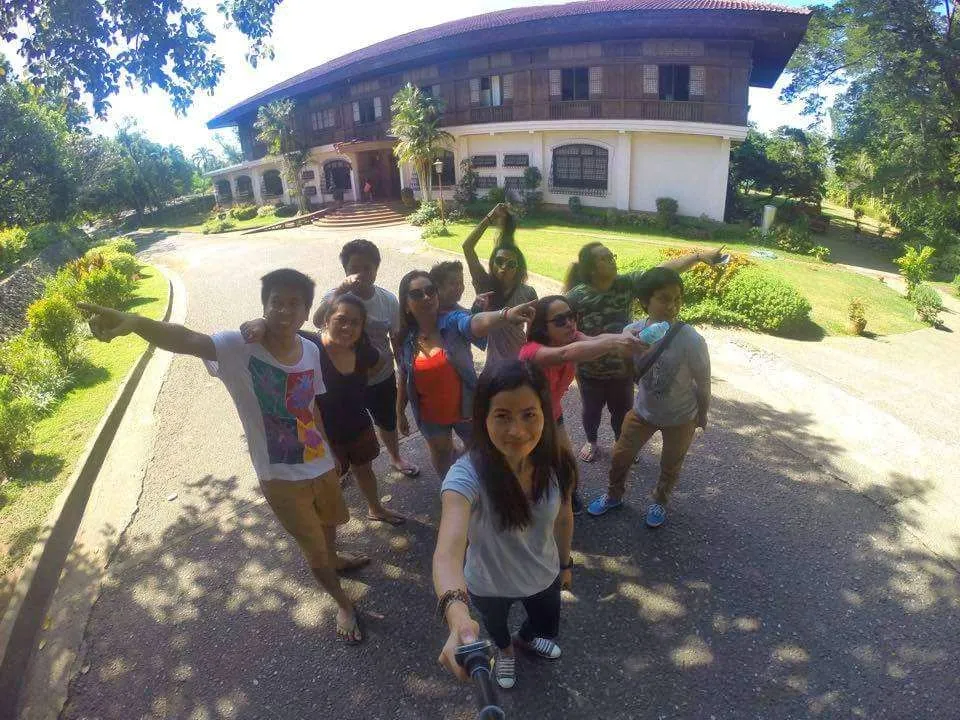
Paoay was also where the Marcos family stayed when Ferdinand Marcos was president of the Philippines. The ancestral home, dubbed as the Malacañang of the North, has been turned into a museum.
But here's the museum that, for decades, housed the infamous Filipino leader's embalmed body before it was moved to the Heroes' Cemetery last year.
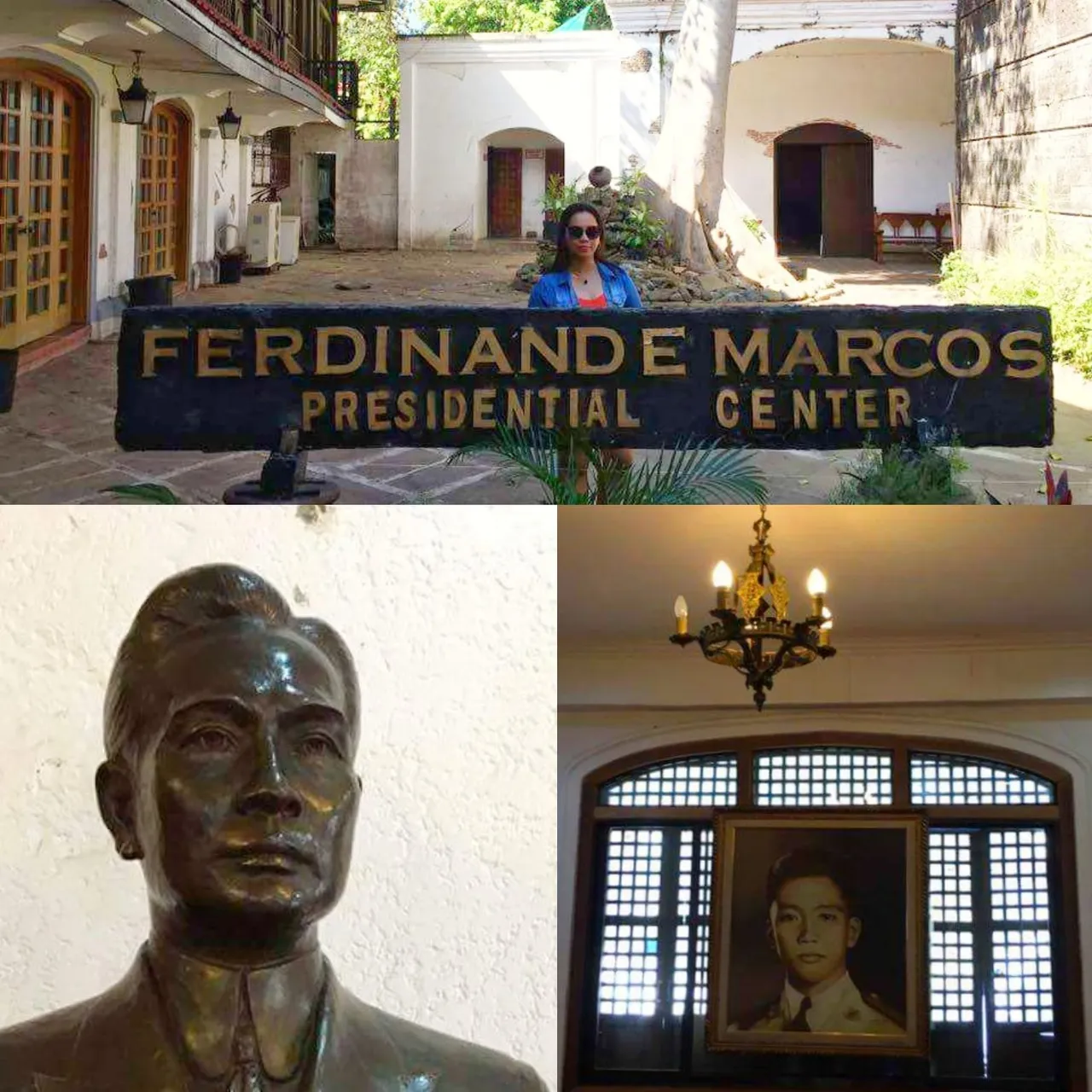
Located in Batac, tourists can take snaps of memorabilias and anything on display except the glass-encased coffin.
But here, we were allowed to take photos of dead bodies (big game trophies):
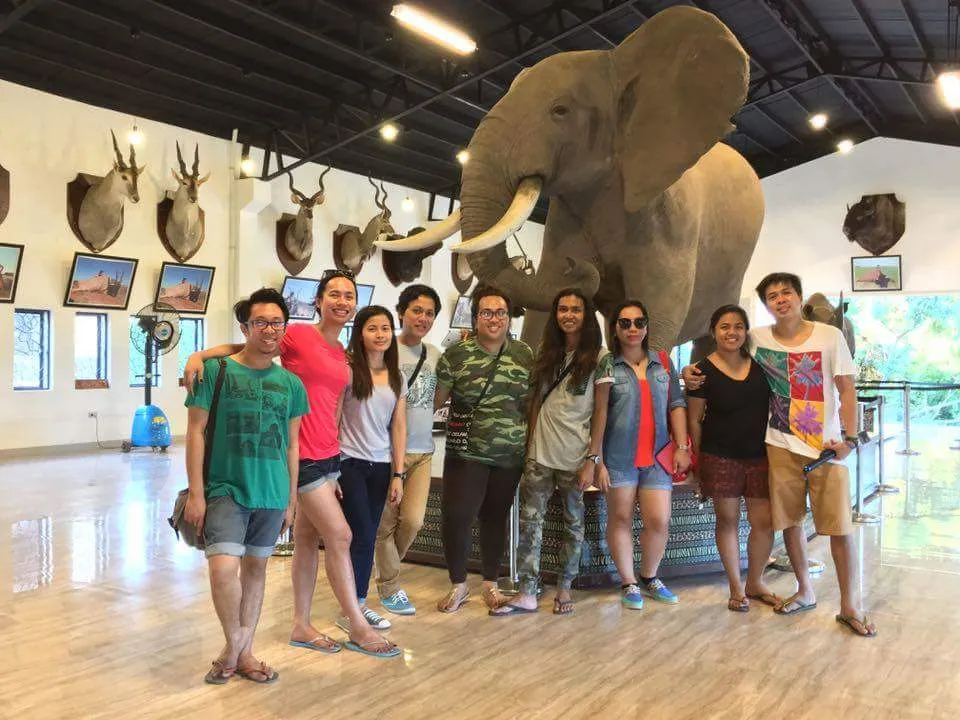
Baluarte in Vigan is a hundred-hectare zoological park with a taxidermy museum, owned by Governor Chavit Singson.
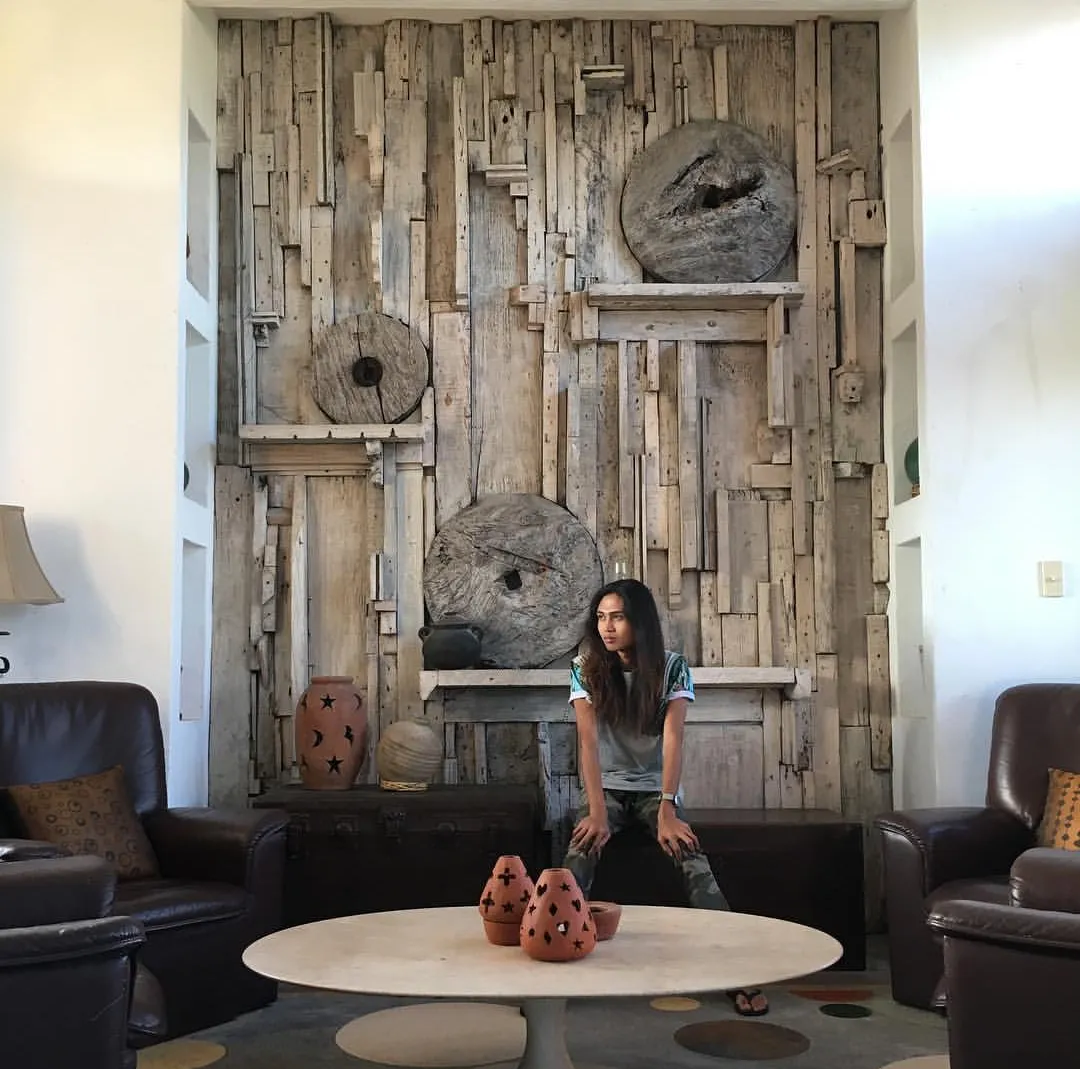
Our trip to Ilocos made me realize the importance of putting great value in the preservation of our country's rich history and natural wonders. Naragsakak a maamammoka, Ilocos!!